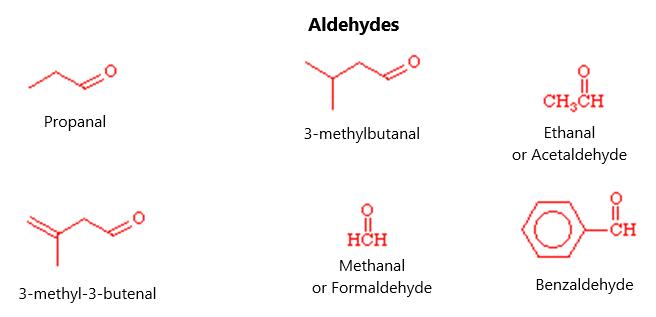•
The enolate is highly reactive with a negative “charge” on the alpha carbon that is nucleophilic. This draws off the halogen from the di-halogen molecule.
•
The halogen forms a salt from the sodium or potassium originally supplied in the beginning of the reaction (or else it proceeds to add more halogen atoms onto the alpha carbon).
THE HALOFORM REACTION In the haloform reaction, the beginning reactant must be a methyl ketone. This is because, under basic conditions with a di-halogen, the entire alpha carbon (CH3 molecule) can get pulled off and halogenated three times to yield, for example, a CHCl3 or CHBr3 molecule plus a carboxylate (RCOO-) molecule. Figure 84 describes this reaction:
Figure 84.
This reaction is of the nucleophilic substitution type. The end result is a trihalomethane molecule or a haloform, such as chloroform. There is replacement of halogens that have increasing affinity for the alpha carbon until all three of the hydrogen atoms have been replaced. This is the polyhalogenation we recently talked about. The CX3 molecule leaves the main molecule and is substituted by hydroxide. Hydrogen adds to the CX3 in order to make a trihalomethane molecule.
152




























































